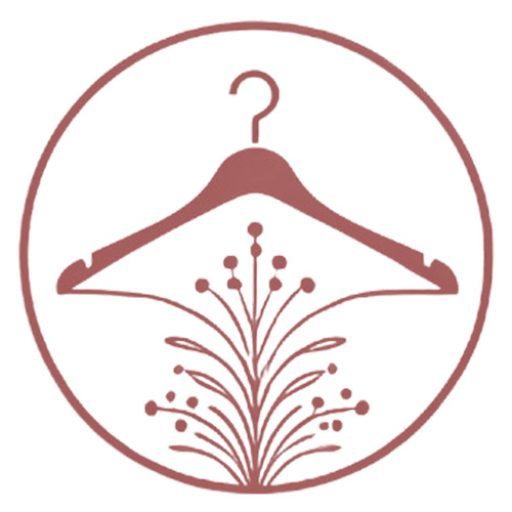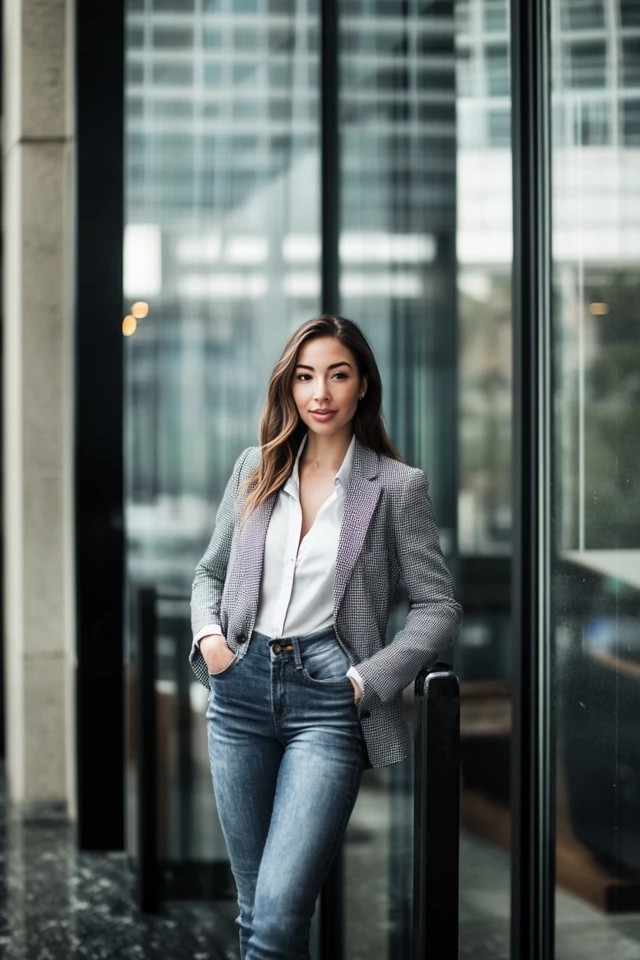Fashion is all about finding the perfect harmony between different styles, textures, and silhouettes. One of the most compelling ways to achieve a versatile and stylish wardrobe is by balancing structured pieces with unstructured fits. This blend not only creates visually appealing outfits but also offers comfort and adaptability for various occasions. Whether you’re aiming for a polished professional look or a laid-back weekend ensemble, mastering the art of balancing tailored and relaxed pieces can elevate your fashion game to new heights. This guide is your personal companion to understanding and implementing the balance between structured and unstructured styles, providing essential pieces, practical styling tips, and inspiring outfit ideas to help you achieve a harmonious and fashionable wardrobe.
Introduction
Imagine walking into a meeting room dressed in a sharply tailored blazer paired with relaxed, flowing trousers, or stepping out for a casual brunch in an oversized sweater complemented by sleek, structured jeans. Balancing structured and unstructured pieces allows you to create outfits that are both sophisticated and effortlessly chic. This dynamic interplay between tailored precision and relaxed ease offers endless possibilities for expressing your personal style while maintaining comfort and practicality.
About the Author and My Trend Boutique
Structured pieces, with their defined lines and tailored fits, bring a sense of order and elegance to your look. In contrast, unstructured fits add a touch of casualness and fluidity, creating a relaxed and approachable vibe. When combined thoughtfully, these contrasting elements can enhance your silhouette, add depth to your outfits, and ensure versatility across different settings and occasions. Let’s delve into the world of structured and unstructured fashion, exploring how to balance these styles to create polished and stylish ensembles.
Understanding Structured vs. Unstructured
What Are Structured and Unstructured Pieces?
Structured Pieces are garments designed with defined lines, tailored fits, and often rigid fabrics that hold their shape. These pieces emphasize formality, precision, and a polished appearance.
- Key Characteristics:
- Tailored Fit: Contoured to follow the body’s natural lines.
- Defined Silhouette: Creates a sharp and elegant look.
- Fabrics: Often made from materials like wool, cotton, or synthetic blends that maintain their shape.
- Details: Includes elements like lapels, seams, and structured shoulders.
Unstructured Pieces, on the other hand, are characterized by their relaxed fits, soft fabrics, and fluid silhouettes. They prioritize comfort, movement, and a laid-back aesthetic.
- Key Characteristics:
- Relaxed Fit: Loose and comfortable, allowing for ease of movement.
- Fluid Silhouette: Creates a more casual and effortless look.
- Fabrics: Made from lightweight and breathable materials like jersey, linen, or soft cotton.
- Details: Minimalistic design with fewer seams and little to no shoulder padding.
Why Balancing Structured and Unstructured Matters
Balancing structured and unstructured pieces in your wardrobe offers several benefits:
- Flattering Silhouettes: Combining fitted and loose elements can create a balanced and proportionate silhouette, enhancing your natural shape.
- Versatility: A mix of tailored and relaxed pieces allows you to adapt your outfits for various occasions, from formal meetings to casual outings.
- Visual Interest: The contrast between structured and unstructured styles adds depth and dimension to your outfits, making them more visually appealing.
- Comfort and Style: Achieving a balance ensures that you look polished without sacrificing comfort, allowing you to move freely and feel confident in your attire.
Essential Structured and Unstructured Pieces
1. Tailored Blazers
Description: Tailored blazers are a quintessential structured piece, offering a sharp and elegant silhouette. They can be worn over dresses, blouses, or casual tops to instantly elevate any outfit.
Why They’re Essential:
- Polished Look: Adds sophistication and formality to your ensemble.
- Versatility: Can be styled for both professional settings and casual outings.
- Flattering Fit: Accentuates the waist and defines the shoulders, enhancing your silhouette.
Styling Tips:
- Pair a tailored blazer with a flowy maxi dress for a balanced look that combines structure with movement.
- Wear a blazer over an oversized sweater and skinny jeans to create a chic, layered outfit.
- Combine a fitted blazer with relaxed-fit trousers and a simple tee for a modern, smart-casual appearance.
2. Oversized Sweaters
Description: Oversized sweaters are a staple of unstructured fashion, providing comfort and a relaxed vibe. They can be paired with both structured and unstructured pieces to create a harmonious balance.
Why They’re Essential:
- Comfort: Soft and cozy, perfect for casual and laid-back outfits.
- Versatility: Can be styled with jeans, skirts, or tailored pants.
- Effortless Style: Adds a touch of casual elegance to any ensemble.
Styling Tips:
- Combine an oversized sweater with high-waisted tailored trousers for a chic contrast between relaxed and structured elements.
- Pair an oversized knit with a pencil skirt and heels to balance comfort with sophistication.
- Wear an oversized cardigan over a fitted dress to create a layered and visually interesting look.
3. High-Waisted Jeans
Description: High-waisted jeans are a versatile piece that can bridge the gap between structured and unstructured styles. Their flattering fit and timeless appeal make them a wardrobe essential.
Why They’re Essential:
- Flattering Fit: Accentuates the waist and elongates the legs.
- Versatility: Suitable for various styles, from casual to semi-formal.
- Timeless Appeal: A classic piece that remains stylish across different trends.
Styling Tips:
- Pair high-waisted jeans with a tailored blazer and a tucked-in blouse for a polished, office-ready look.
- Combine high-waisted skinny jeans with an oversized sweater and ankle boots for a comfortable, casual outfit.
- Wear high-waisted jeans with a flowy, unstructured top to create a balanced silhouette.
4. Relaxed-Fit Trousers
Description: Relaxed-fit trousers offer a comfortable and stylish alternative to traditional tailored pants. Their loose silhouette provides ease of movement while maintaining a sophisticated appearance.
Why They’re Essential:
- Comfort: Loose and breathable, ideal for all-day wear.
- Sophisticated Silhouette: Maintains a polished look without the rigidity of structured pants.
- Versatility: Can be dressed up or down depending on the occasion.
Styling Tips:
- Pair relaxed-fit trousers with a fitted turtleneck and heels for a balanced, elegant outfit.
- Combine relaxed-fit pants with an oversized blazer and loafers for a smart-casual ensemble.
- Wear relaxed-fit trousers with a structured blouse and statement accessories to add definition to the look.
5. Fitted Dresses
Description: Fitted dresses are structured garments that highlight the body’s natural curves. They serve as a foundation for creating balanced outfits when paired with relaxed or unstructured pieces.
Why They’re Essential:
- Figure-Flattering: Accentuates the waist and enhances the silhouette.
- Versatility: Suitable for various occasions, from formal events to casual outings.
- Foundation for Styling: Acts as a base for layering and accessorizing.
Styling Tips:
- Layer an oversized cardigan over a fitted dress to create a balanced and stylish outfit.
- Pair a fitted dress with a relaxed denim jacket and sneakers for a casual, day-to-day look.
- Combine a fitted sheath dress with a flowy kimono and heeled boots for an elegant evening ensemble.
Styling Tips for Balancing Tailored and Relaxed Fits
1. Proportion Play
Balancing proportions is key to achieving a harmonious look when combining structured and unstructured pieces. Pair fitted garments with loose or oversized items to create contrast and maintain visual interest.
- Example: Wear a tailored blazer with wide-leg trousers to balance the fitted top with relaxed bottoms.
- Example: Combine a fitted top with an oversized skirt to highlight your waist while adding volume to the lower half.
2. Layering Strategically
Layering allows you to showcase both structured and relaxed elements without overwhelming your outfit. Use layers to add depth and dimension while maintaining a cohesive look.
- Example: Layer a structured blazer over an oversized sweater and pair with slim-fit jeans for a balanced ensemble.
- Example: Combine a fitted turtleneck with a relaxed-fit cardigan and tailored pants to create a stylish, layered outfit.
3. Color Coordination
Choose a cohesive color palette to ensure that structured and relaxed pieces complement each other. Neutral tones can seamlessly blend structured and unstructured elements, while bold colors can add a vibrant contrast.
- Example: Pair a black tailored blazer with a beige oversized sweater and high-waisted jeans for a classic, monochromatic look.
- Example: Combine a white fitted top with relaxed-fit colored trousers to add a pop of color while maintaining balance.
4. Accessorize Wisely
Accessories can bridge the gap between structured and relaxed styles, adding cohesion and enhancing the overall look. Choose accessories that complement both types of garments without overpowering the outfit.
- Example: Add a sleek belt to cinch a loose cardigan and define your waist when paired with relaxed-fit pants.
- Example: Wear statement jewelry with a fitted dress and keep accessories minimal when pairing with oversized tops.
5. Mix Textures and Fabrics
Incorporating different textures and fabrics adds depth and interest to your outfit. Mixing structured materials like wool or denim with relaxed fabrics like knit or silk can create a balanced and visually appealing look.
- Example: Combine a structured leather jacket with a flowy silk blouse and relaxed-fit trousers for a dynamic contrast of textures.
- Example: Pair a tailored blazer with an oversized knit sweater and slim-fit jeans to blend different fabric types seamlessly.
6. Balance Details
Pay attention to the details of each garment to maintain balance in your outfit. Structured pieces often feature defined details like lapels and seams, while unstructured
pieces emphasize softness and simplicity. Harmonize these elements by choosing complementary details.
- Example: Wear a blazer with subtle detailing over a simple, unadorned oversized sweater to keep the focus on both elements without clashing.
- Example: Pair a structured dress with minimalistic accessories to allow the tailored details to stand out.
7. Focus on Fit
Ensuring that each piece fits well is crucial for maintaining a polished look. Tailored pieces should hug your body appropriately, while relaxed pieces should drape comfortably without being too baggy or shapeless.
- Example: Opt for a fitted blazer that cinches at the waist and pair it with relaxed-fit trousers that taper slightly at the ankle for a flattering silhouette.
- Example: Choose a structured dress that accentuates your curves and combine it with an oversized cardigan that adds volume without overwhelming your frame.
8. Layer with Purpose
When layering structured and relaxed pieces, each layer should have a clear purpose and contribute to the overall look. Avoid adding too many layers, which can create a cluttered appearance.
- Example: Layer a structured blazer over an oversized sweater and high-waisted jeans for a clean, balanced outfit without excessive layering.
- Example: Combine a fitted tank top with a relaxed denim jacket and slim-fit pants to maintain a streamlined look.
9. Incorporate Statement Pieces
A statement piece can anchor your outfit and draw attention, helping to balance the overall look. Whether it’s a bold accessory, a unique garment, or an eye-catching detail, a statement piece can enhance both structured and relaxed elements.
- Example: Add a statement necklace to a fitted dress and pair with an oversized cardigan to create a focal point that balances both styles.
- Example: Wear bold, structured shoes with relaxed-fit trousers and a simple top to anchor the outfit and add a touch of sophistication.
10. Confidence is Key
The most important element of balancing structured and relaxed fits is confidence. Embrace your unique style choices and wear your outfit with assurance, knowing that the combination of tailored and relaxed pieces enhances your overall appearance.
- Example: Rock a high-waisted, tailored skirt with an oversized sweater and loafers with confidence, allowing the balanced fit to highlight your style.
- Example: Pair a fitted blazer with relaxed-fit jeans and a statement belt, carrying yourself with poise to make the ensemble look effortlessly stylish.
Example Outfit Ideas
1. Chic Office Ensemble
Outfit Components:
- Black tailored blazer
- White fitted blouse
- High-waisted wide-leg trousers
- Black pointed-toe heels
- Structured black handbag
Styling Tips:
- Tuck the white fitted blouse into the high-waisted wide-leg trousers to define the waist and elongate the legs.
- Layer with a black tailored blazer to add structure and professionalism to the look.
- Complete the outfit with black pointed-toe heels to enhance the polished appearance.
- Carry a structured black handbag to maintain a cohesive and elegant ensemble.
2. Casual Day Out
Outfit Components:
- Oversized gray knit sweater
- High-waisted skinny jeans
- White sneakers
- Denim jacket
- Minimalist silver necklace
Styling Tips:
- Pair the oversized gray knit sweater with high-waisted skinny jeans for a comfortable and stylish casual look.
- Add white sneakers for a fresh and effortless touch.
- Layer with a denim jacket to introduce a classic, versatile element.
- Accessorize with a minimalist silver necklace to add subtle elegance without overpowering the outfit.
3. Evening Glam
Outfit Components:
- Fitted black bodycon dress
- Metallic statement necklace
- Strappy black heels
- Sleek clutch bag
- Structured faux fur stole (optional)
Styling Tips:
- Let the fitted black bodycon dress be the focal point of your evening look.
- Pair with a metallic statement necklace to add a touch of glamour and draw attention to your neckline.
- Add strappy black heels to elongate your legs and enhance the elegant silhouette.
- Carry a sleek clutch bag to complement the dress without overwhelming the ensemble.
- Optionally, drape a structured faux fur stole over your shoulders for added sophistication and warmth.
4. Weekend Brunch
Outfit Components:
- White oversized button-down shirt
- High-waisted relaxed-fit trousers
- Brown ankle boots
- Woven crossbody bag
- Layered bracelets
Styling Tips:
- Wear the white oversized button-down shirt tucked into high-waisted relaxed-fit trousers for a balanced and stylish brunch outfit.
- Add brown ankle boots for warmth and a touch of rustic charm.
- Carry a woven crossbody bag to introduce texture and practicality to the ensemble.
- Accessorize with layered bracelets to add subtle sparkle and personality to the look.
5. Boho Vibes
Outfit Components:
- Fitted crochet top
- High-waisted flowy maxi skirt
- Brown suede ankle boots
- Fringe suede jacket
- Layered silver necklaces
Styling Tips:
- Combine a fitted crochet top with a high-waisted flowy maxi skirt for a free-spirited and bohemian-inspired look.
- Add brown suede ankle boots to introduce warmth and texture to the outfit.
- Layer with a fringe suede jacket to enhance the boho aesthetic with a touch of movement.
- Accessorize with layered silver necklaces to add depth and personal flair to the ensemble.
6. Smart Casual Look
Outfit Components:
- Black high-waisted tailored shorts
- White fitted turtleneck
- Black loafers
- Minimalist watch
- Structured tote bag
Styling Tips:
- Pair black high-waisted tailored shorts with a white fitted turtleneck for a polished smart casual outfit.
- Add black loafers for comfort and a touch of elegance.
- Complete the look with a minimalist watch to keep the ensemble sleek and modern.
- Carry a structured tote bag to enhance the outfit’s functionality and style.
Picture Gallery
No text or pictures under picture gallery.
FAQs
1. How can I balance structured and unstructured pieces without looking mismatched?
- Answer: Focus on maintaining a cohesive color palette and complementary textures. Ensure that the proportions are harmonious by pairing fitted pieces with relaxed ones. For example, wear a tailored blazer with wide-leg trousers or an oversized sweater with slim-fit jeans to create a balanced and unified look.
2. What colors work best when mixing structured and relaxed pieces?
- Answer: Neutral colors like black, white, beige, and gray are highly versatile and easy to mix. They allow both structured and relaxed pieces to complement each other without clashing. Additionally, incorporating a pop of color through accessories or a single garment can add interest while maintaining harmony.
3. Can I wear both structured and unstructured pieces in the same outfit?
- Answer: Absolutely! Mixing structured and unstructured pieces is a great way to create a balanced and dynamic outfit. For instance, pairing a structured blazer with relaxed-fit jeans or an oversized sweater can enhance your silhouette and add depth to your look.
4. How do I choose the right fit for structured pieces?
- Answer: Structured pieces should fit well without being too tight or too loose. They should contour to your body’s natural lines while providing enough room for movement. Tailoring is key—consider having garments altered to achieve the perfect fit that flatters your shape.
5. What are some common mistakes to avoid when balancing tailored and relaxed fits?
- Answer: Avoid wearing too many loose or oversized pieces alongside structured items, as this can create a cluttered look. Additionally, steer clear of mismatched proportions, such as pairing a very tight top with extremely baggy bottoms. Focus on creating harmony through balanced proportions and complementary styles.
6. How can accessories help in balancing structured and relaxed pieces?
- Answer: Accessories like belts, scarves, and jewelry can tie structured and relaxed pieces together. For example, a belt can define your waist when wearing an oversized sweater and tailored pants. Similarly, minimalist jewelry can add elegance without overwhelming relaxed garments.
7. Are there specific fabrics that work well when combining structured and relaxed styles?
- Answer: Yes, certain fabrics complement each other when mixing styles. Structured fabrics like wool, denim, and cotton twill pair well with relaxed fabrics like jersey, knit, and linen. Combining these materials can create a balanced texture and enhance the overall look.
8. Can structured and relaxed fits be worn together in casual settings?
- Answer: Definitely! Structured pieces like tailored blazers and high-waisted jeans can be dressed down with relaxed items like oversized sweaters and casual footwear. This combination creates a stylish and effortless casual look that is both comfortable and chic.
9. How do I know which structured pieces to incorporate into my wardrobe?
- Answer: Start with classic structured pieces that offer versatility, such as a tailored blazer, high-waisted trousers, and a fitted dress. These items can be styled in multiple ways and paired with various relaxed pieces to create different looks for different occasions.
10. Can I mix patterns and textures when balancing structured and relaxed fits?
- Answer: Yes, mixing patterns and textures can add depth and interest to your outfit. However, ensure that the patterns and textures complement each other rather than clash. For example, pair a structured plaid blazer with a soft, textured knit sweater and slim-fit jeans to create a harmonious and stylish ensemble.
Picture Gallery
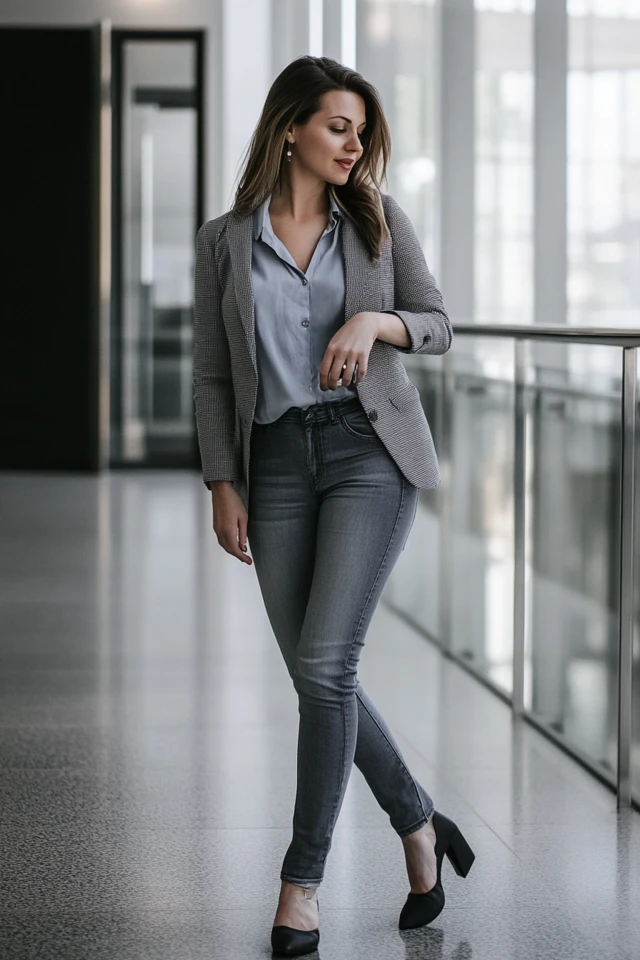
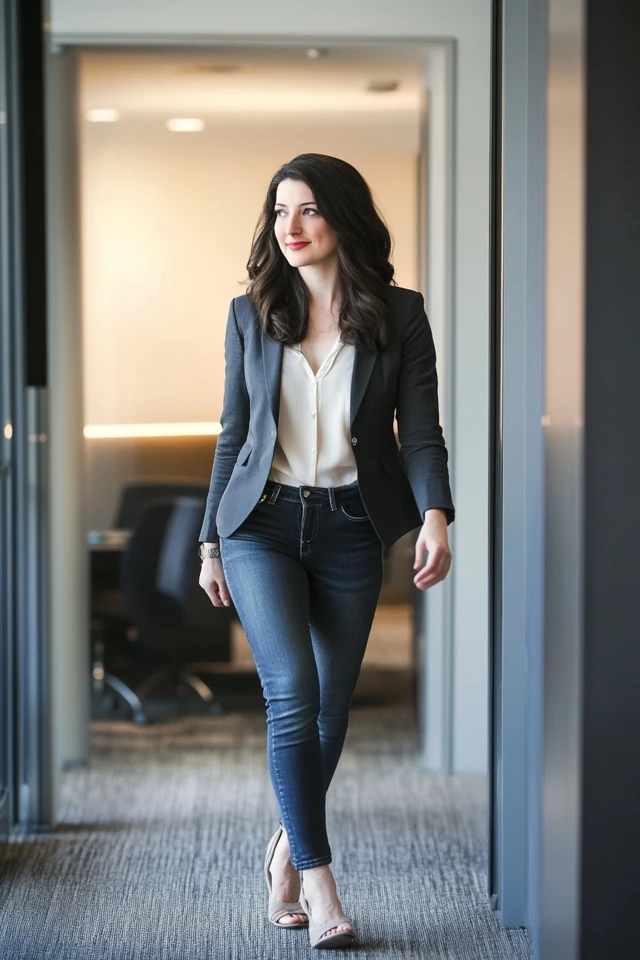
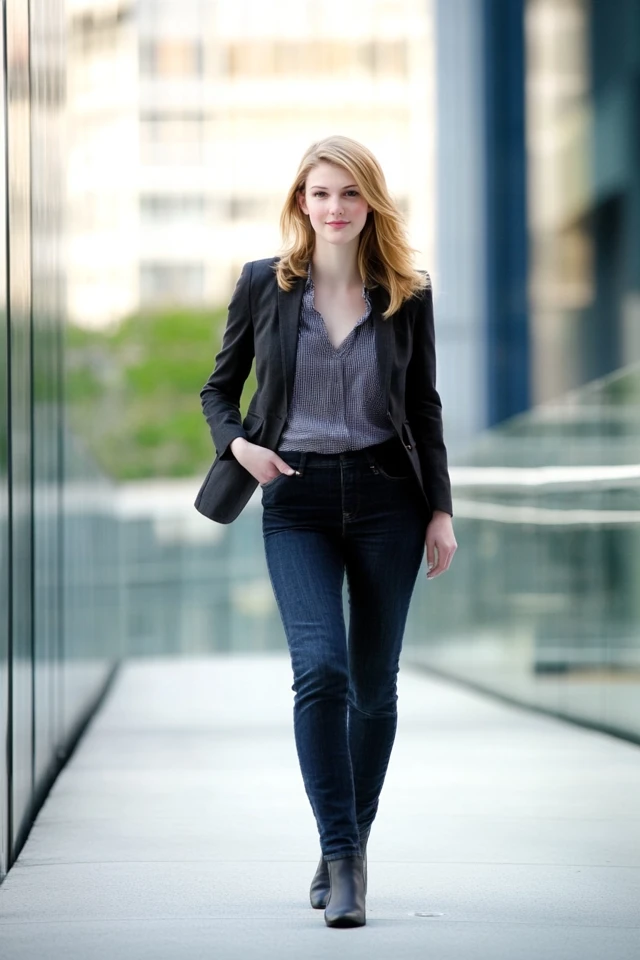
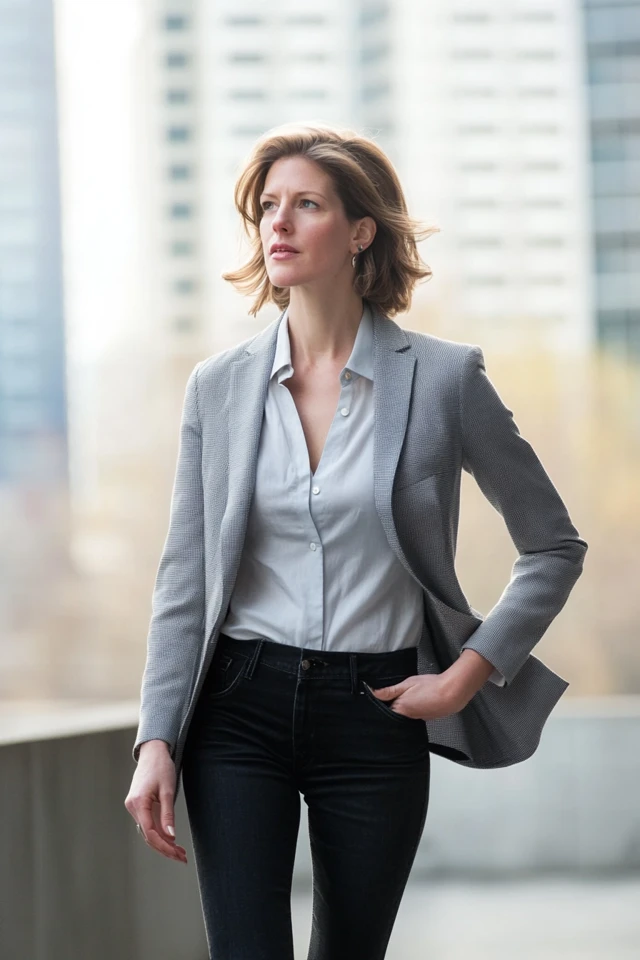
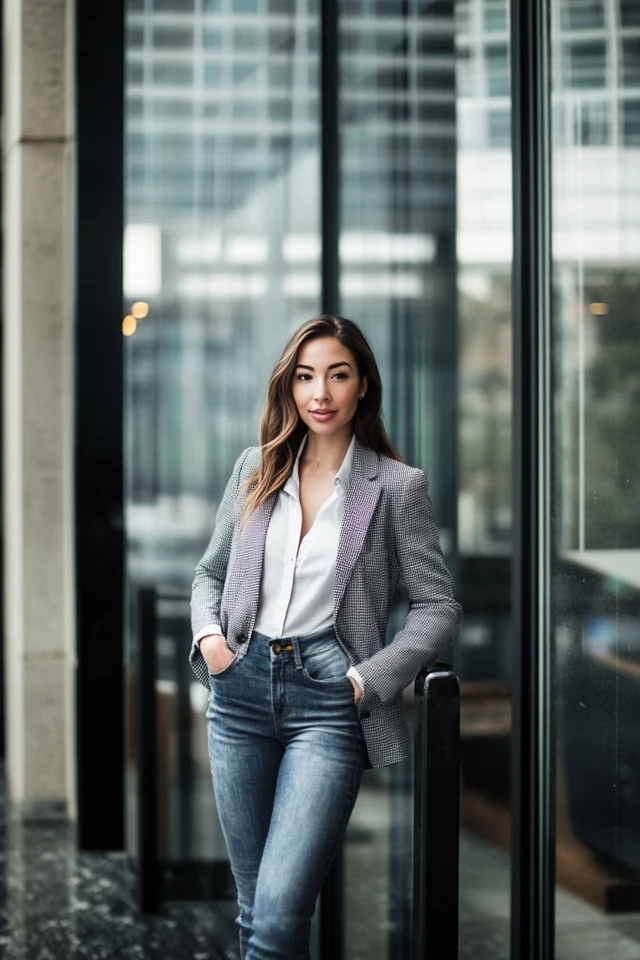
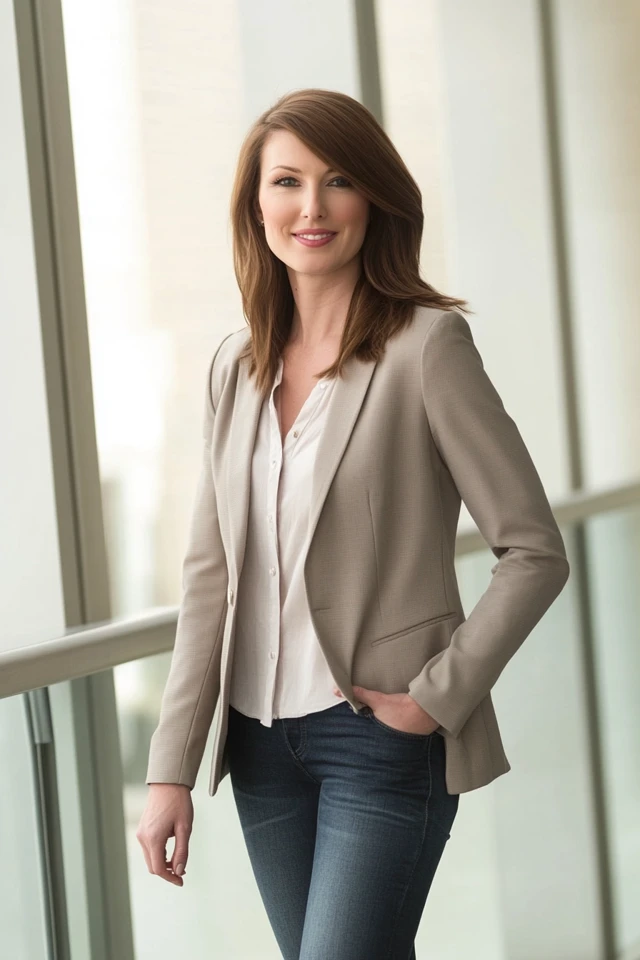
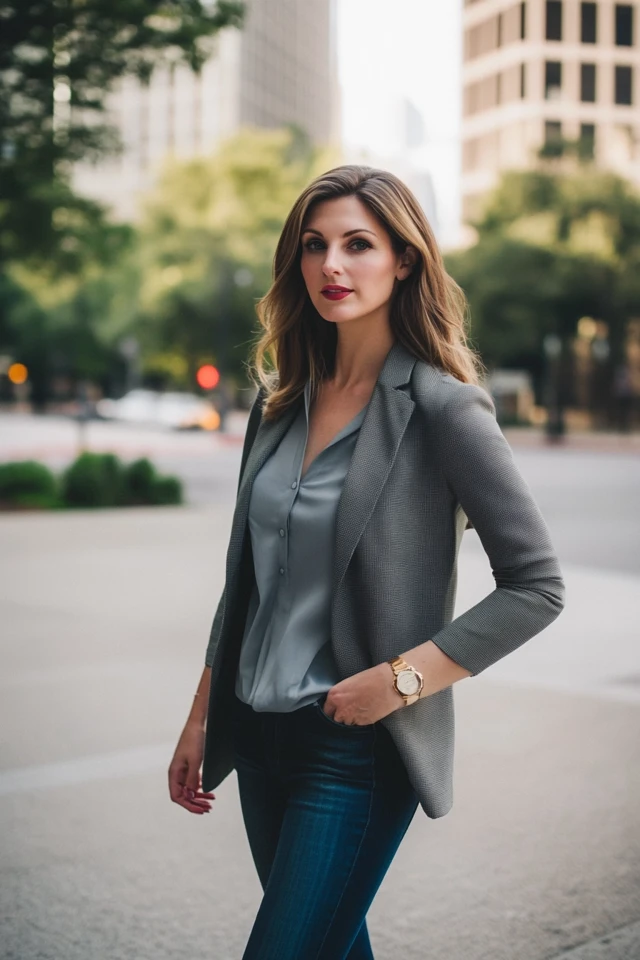
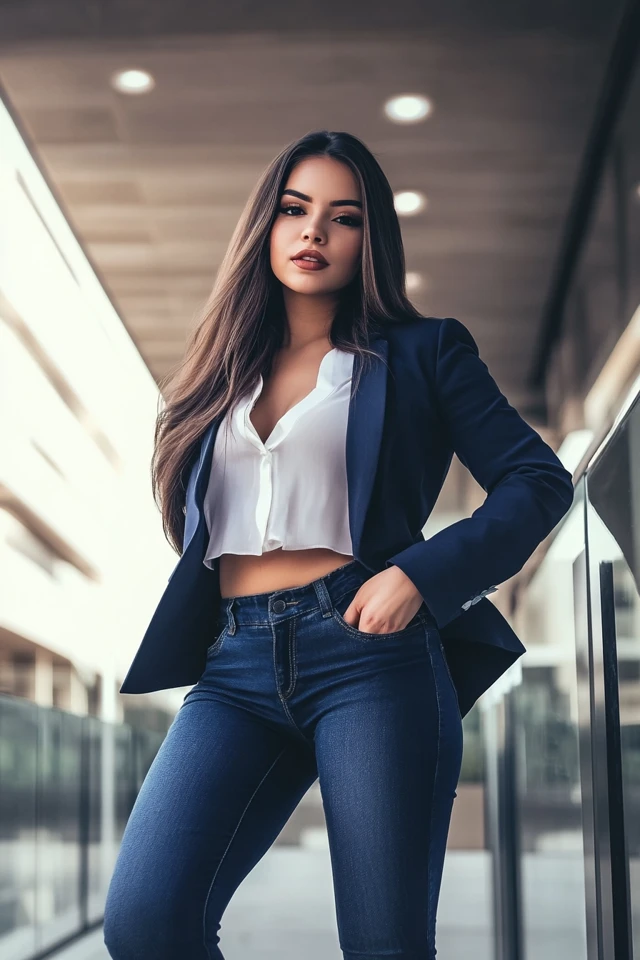
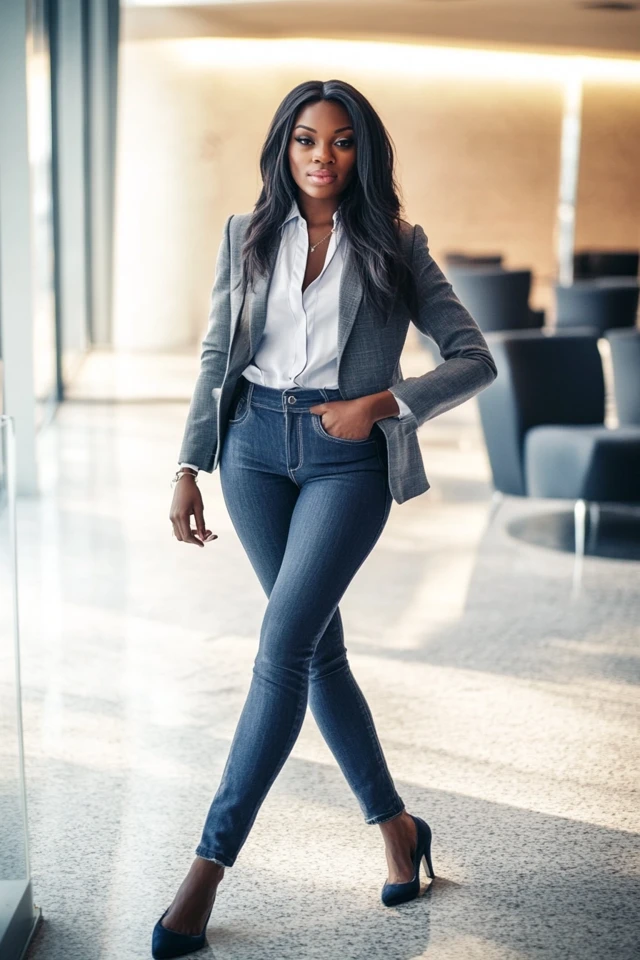
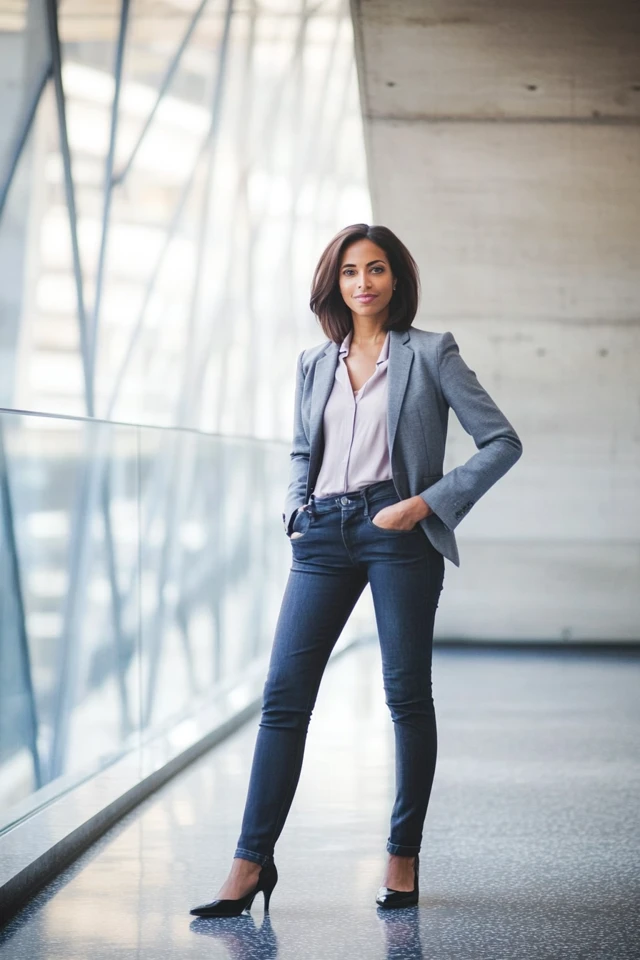
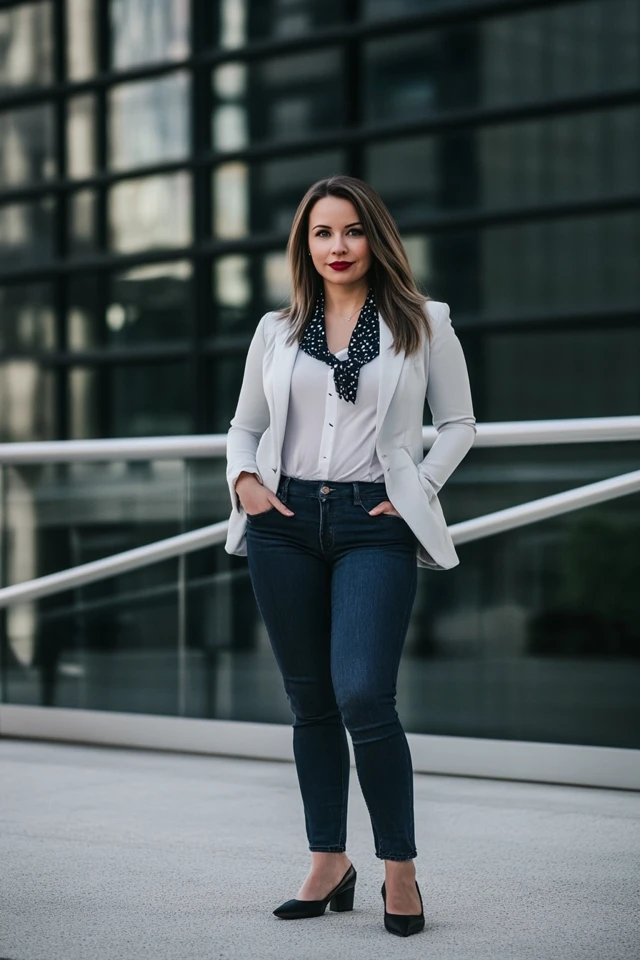
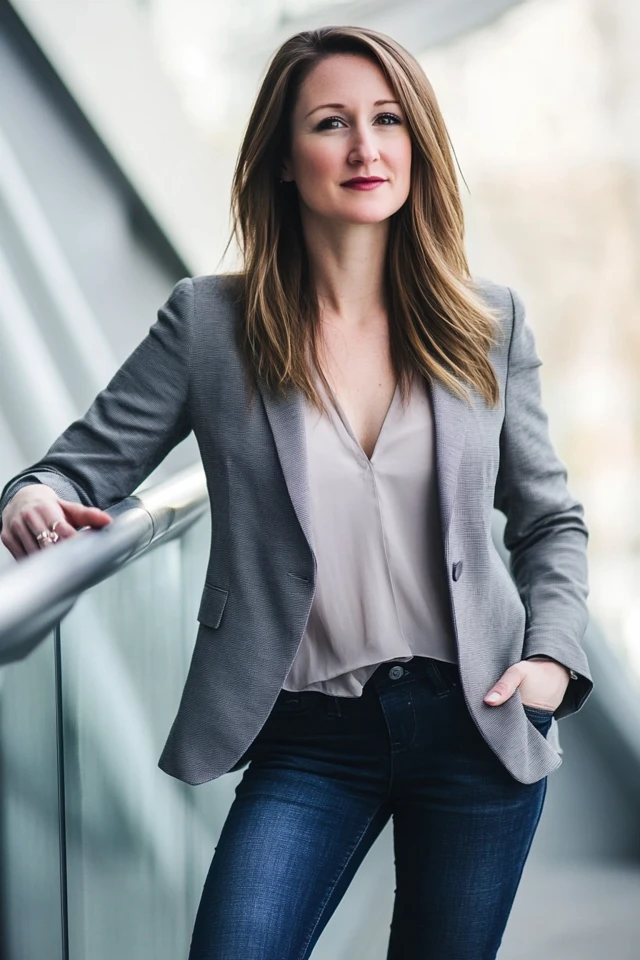
Conclusion
Balancing structured and unstructured pieces is a powerful way to create versatile, stylish, and flattering outfits that cater to various occasions and personal preferences. By understanding the distinct characteristics of tailored and relaxed fits, selecting essential pieces that complement your body type, and applying thoughtful styling techniques, you can achieve a harmonious wardrobe that exudes both elegance and ease.
Remember, the key to mastering this balance lies in proportion, color coordination, and confidence. Mix and match different silhouettes, experiment with textures and patterns
, and accessorize strategically to enhance your look without overwhelming it. Whether you’re dressing for a professional setting, a casual day out, or a special event, the interplay between structured and unstructured pieces allows you to express your unique style while maintaining comfort and sophistication.
Embrace the versatility and timeless appeal of combining tailored and relaxed fits, and let your wardrobe reflect a blend of precision and ease. With the right pieces and creative styling, you can transform your outfits, keeping them fresh, dynamic, and effortlessly chic all year long. Happy styling, and may your balanced ensembles inspire confidence, grace, and endless fashion elegance!
